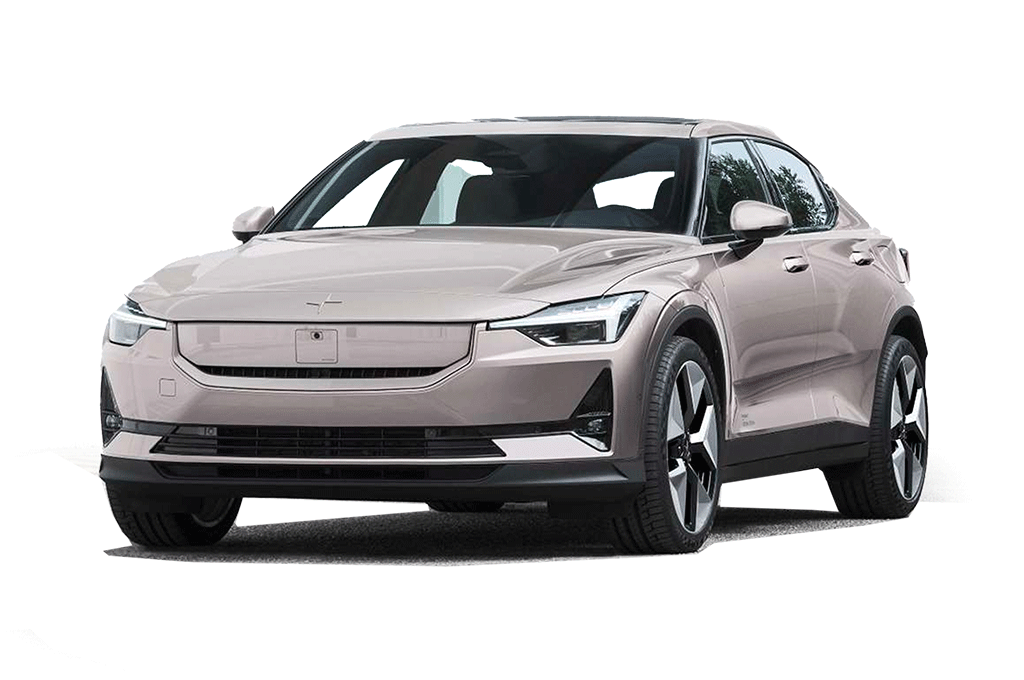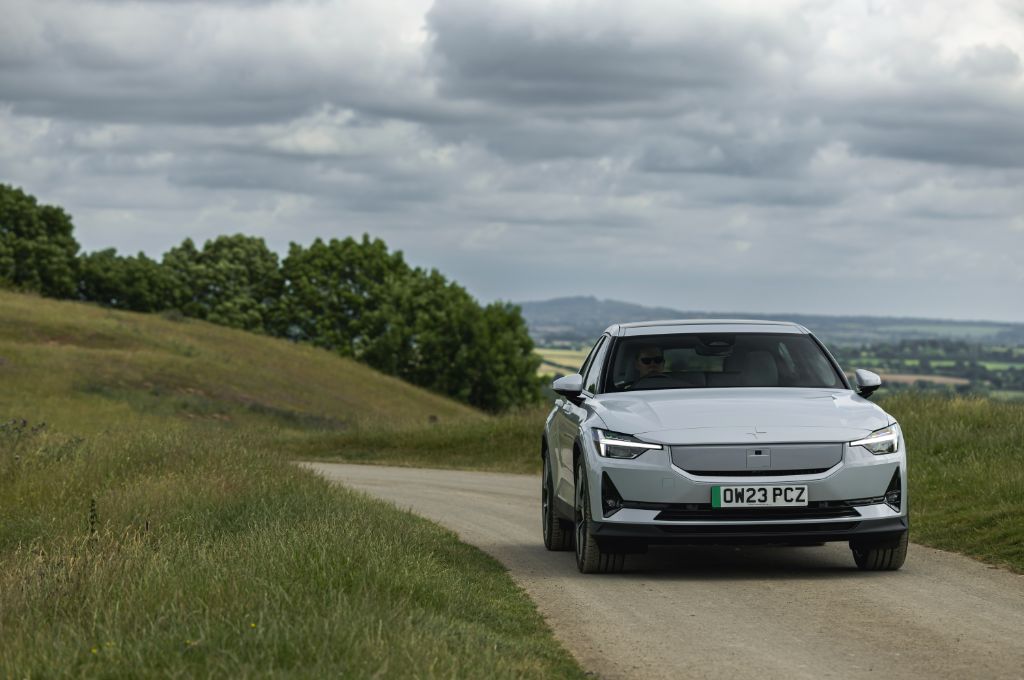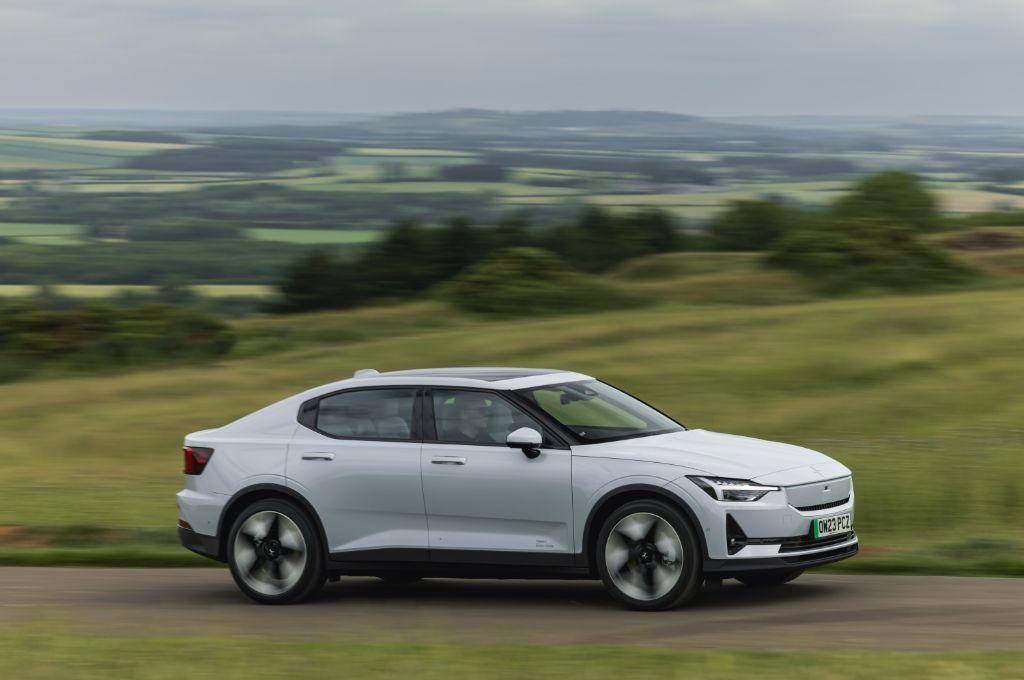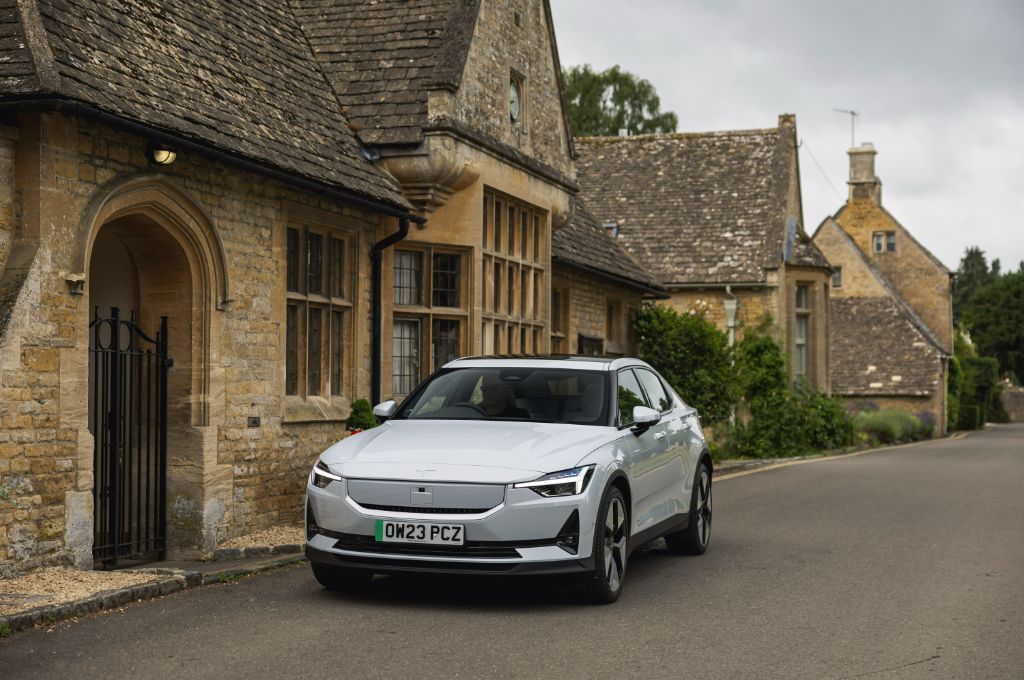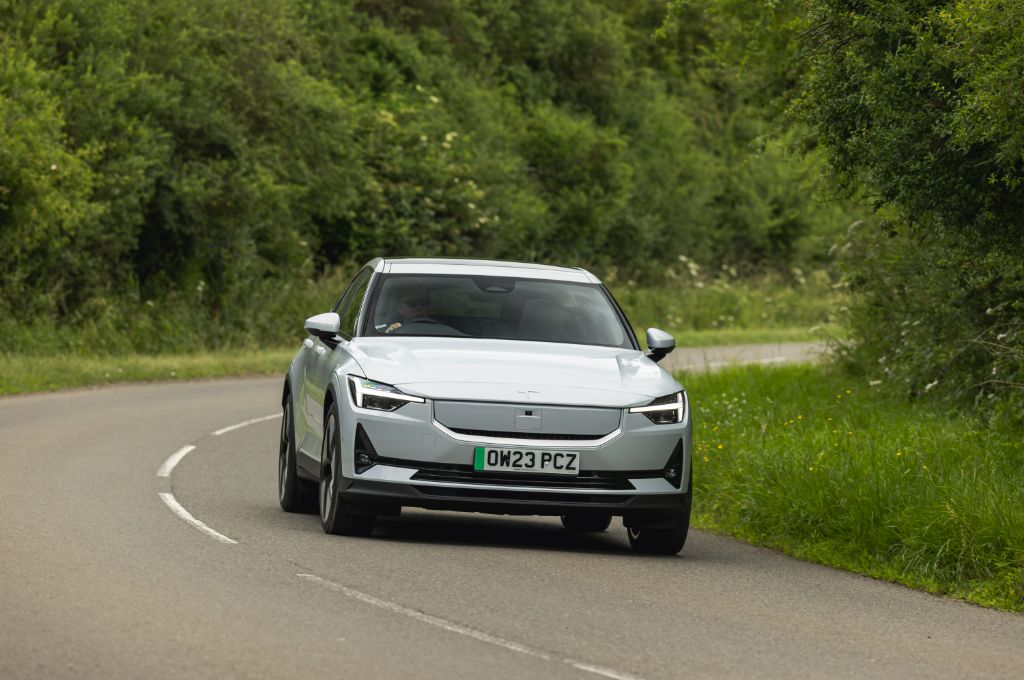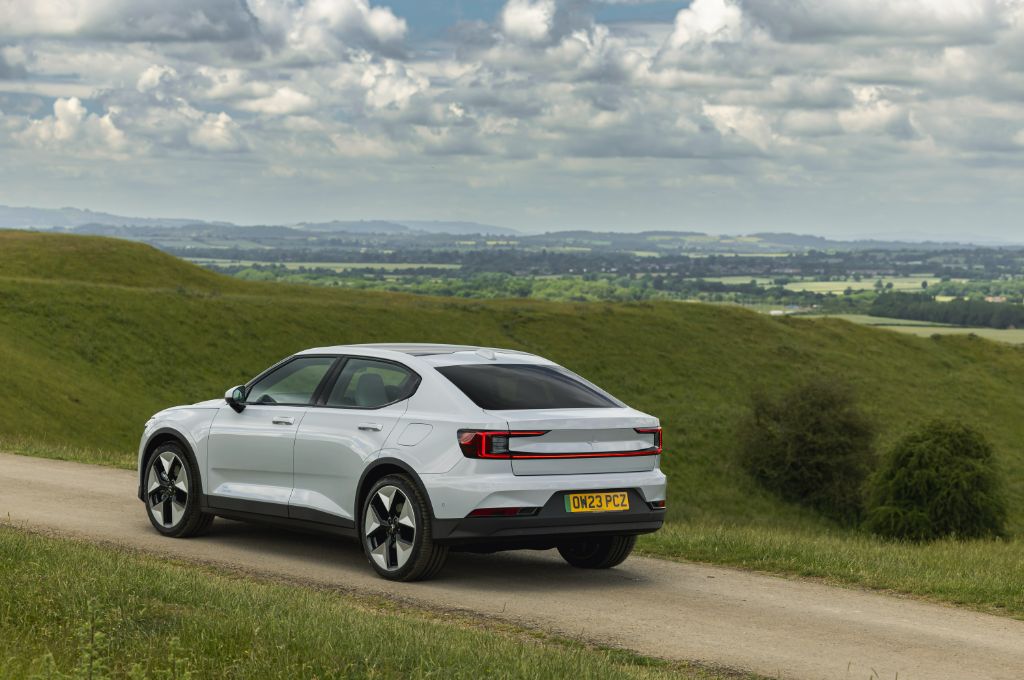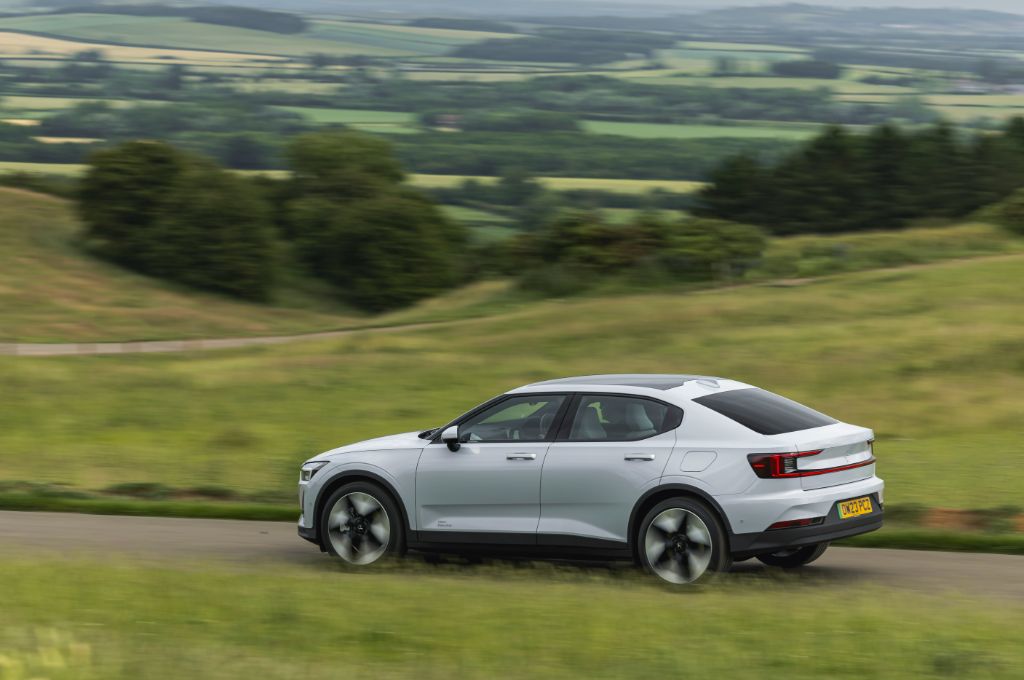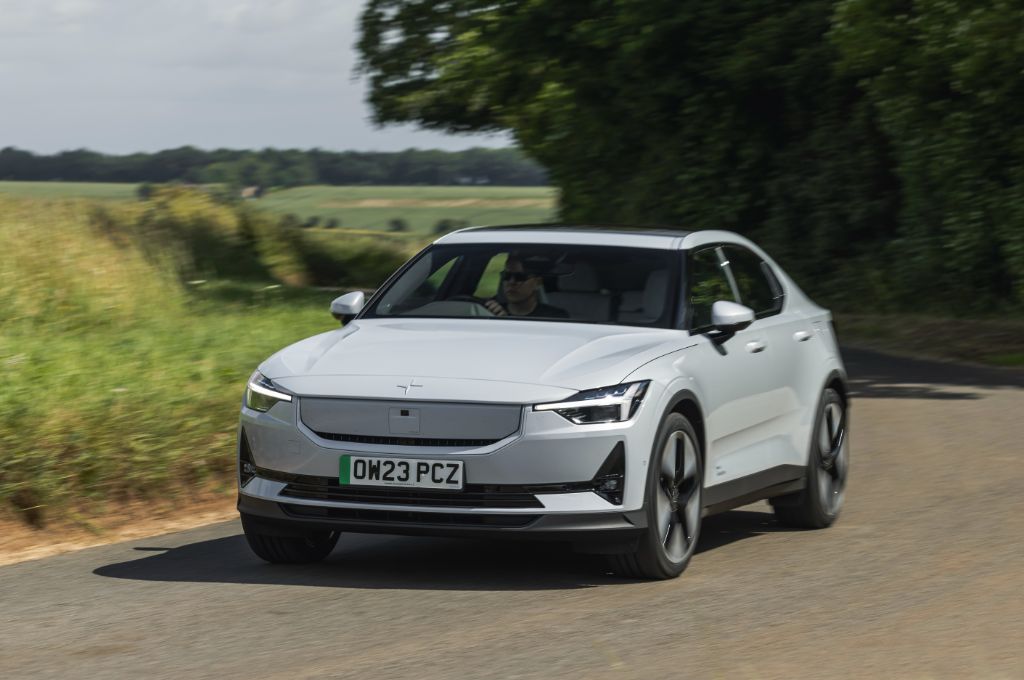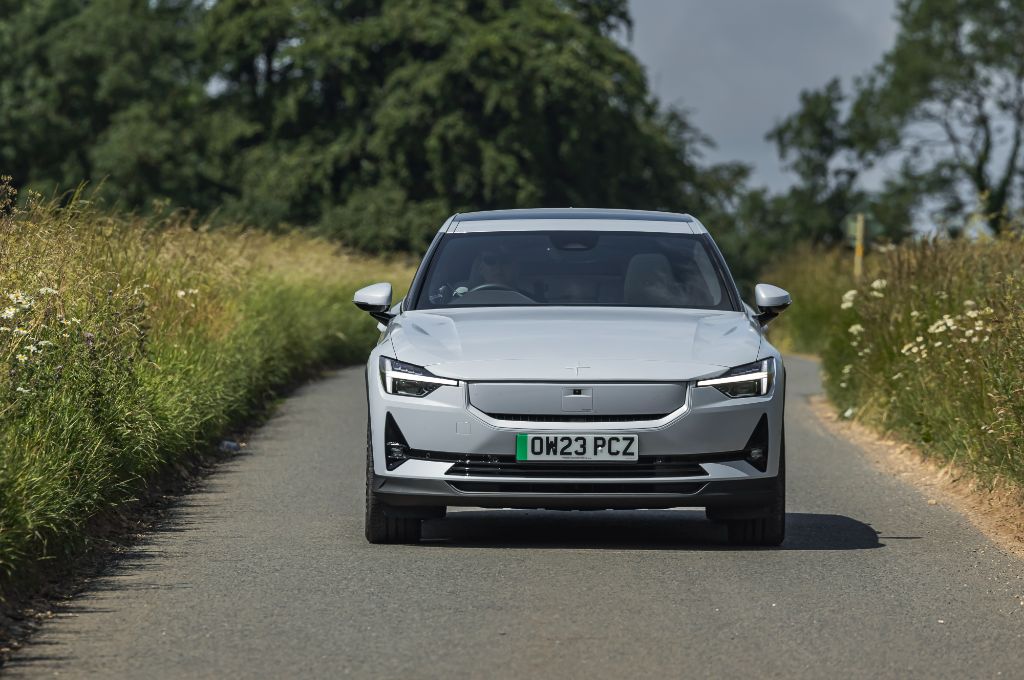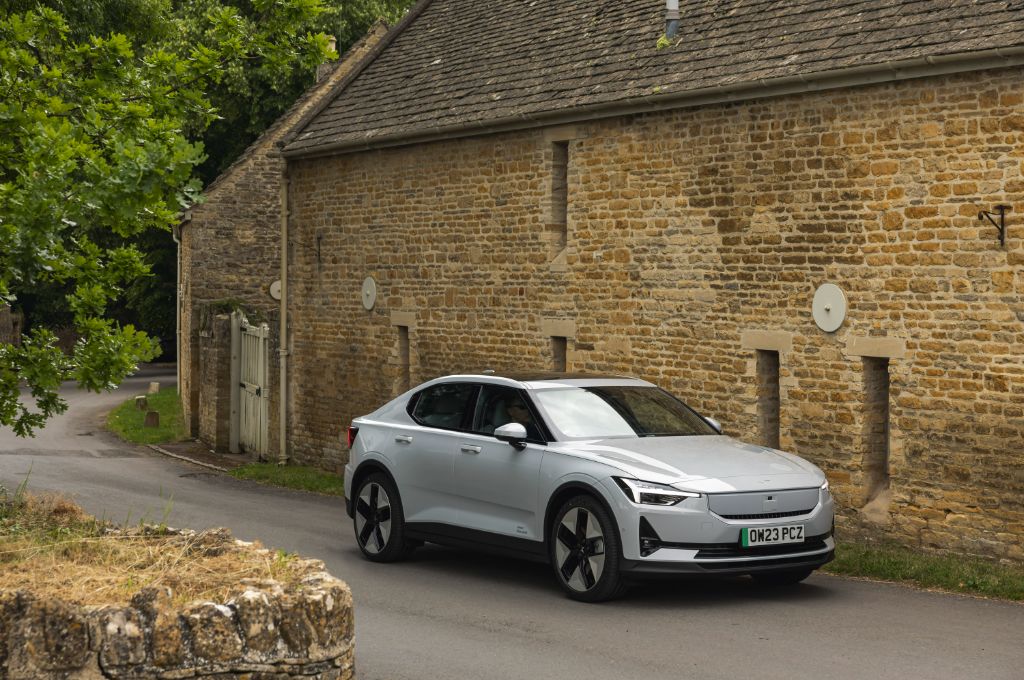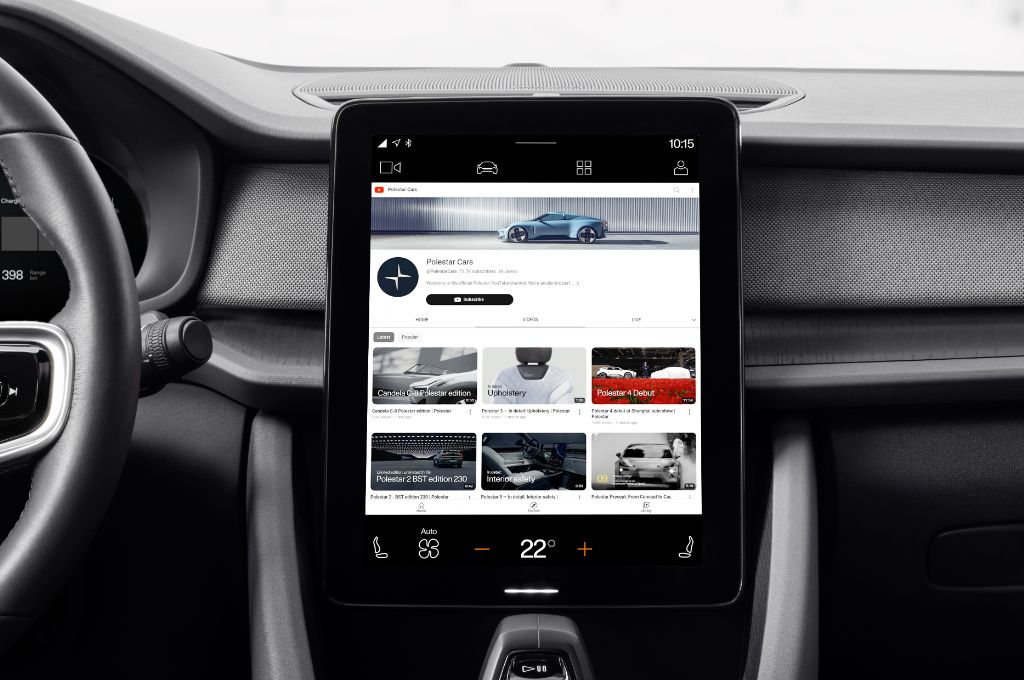Motors and performance
I mean, let's face it - electric cars are fast. We know that. Even 'run-of-the-mill' electric family cars like the Volvo EX30 will do 62mph in the same time that a supercar would have done twenty years ago. It's a real perk of battery-electric propulsion. The Polestar is no different, and will do the usual sprint in just 4.0 seconds if you go for the range-topping Long Range Dual Motor Performance Pack version, which is really brilliant when it comes to pace and handling effervescence, but scroll down for our thoughts on the ride comfort... To be honest, this kind of performance is fairly unnecessary in an electric car that doesn't really feel like a super-saloon in its other aspects, but it is good fun.
Most will probably go for a mid-spec version, and we'd do the same. Don't be afraid to go for the single motor models as they have plenty of grip and - since becoming rear-wheel drive rather than front-wheel drive, after the 2023 updates - they've got a nice, playful and balanced feel to the handling that's still confident and unintimidating even in rainy conditions. Don't discount the Polestar 2 Single Motor model, either. Having the smaller battery makes it more efficient, and you still get great claimed WLTP range of 339 miles and a 0-62mph time of 6.2 seconds. These days it's easy to forget how fast that really feels on the public road. It's properly, make-you-passengers-feel-sick fast if you really floor it. It may be the underdog of the Polestar lineup when it comes to the on-paper figures, but it's one of the best in real world use.
Brake performance and feel is just great in the Polestar; you really know instinctively how quickly the car is going to stop, and there's no sudden change in pedal response as the car switches from regenerative braking to the conventional friction brakes that every car uses. There's a one-pedal brake regen' setting, too, if you like to potter about town without using the brake pedal.
Drive and handling
For anyone used to driving an SUV, the Polestar will seem pretty low-slung, but for saloon drivers it will seem higher-riding. For either, it's easy and comfortable to drive. It also has a rather Tesla-like trick in that there's no 'start' button. Just make sure that the key - which is about the size of a Tic-Tac box - is inside the car and there is someone in the driver’s seat, there is no need to press a start button. Just select ‘Drive’ and go.
Once on the move, the steering feels quite light but does weight up in faster corners and gives a good sense of what's going on at the wheels, so there's a happy balance between about-town wieldiness and an intuitive, unflustered sense of control on faster roads and motorways. Having said that, the BMW i4 has better steering feel and general handling poise, and also a better compromise between comfort and fun, so if driver reward is your top priority then the pricey but brilliant BMW could be for you.
Ride comfort is okay on most Polestar 2s, but there is a fair bit of body movement and you'll notice scruffy surfaces sending vibrations through the cabin. Still, it's not too bad - unless you go for the Performance Pack. This brings manually adjustable Ohlin dampers with 22 different settings to choose from - if you can be bothered to get the spanners out and tweak them. This is the sort of suspension that you'd normally find on competition cars and rally cars, so finding Ohlin dampers on a Polestar 2 is like discovering that Ford offers an optional sequential racing gearbox on a 1.6 Focus. It's bizarre, to be honest. But it's there, and while it does make the Polestar handle with much more precision it also makes the ride very firm and restless, so it's probably a compromise too far for most.











